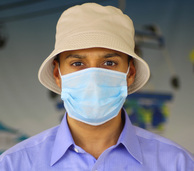|
Just two days ago the Nehru Centre hosted a talk by one of the greatest travellers of our time, Michael Palin. Yesterday the Nehru Centre was yet again, privileged to be the venue for a talk given by another great figure from the world of British broadcasting, Michael Wood, the British historian and broadcaster. In this lavishly illustrated talk Michael Wood looked back over 25 years of his travels to South India (namely places such as Tanjore, and other places of historical significance). Mr. Wood's fascinating talk had a packed audience, among which some distinguished guests included Dr. John Marr (Hon. Gen. Secretary of the Bharatiya Vidya Bhavan, and a Padma Shri- one of India's highest award's), Mrs Wendy Marr (Dr. Marr's wife and a prolific writer on Indian Art History), and some distinguished guests from the Indian High Commission in London.
During his lavishly illustrated talk, Mr. Wood suggested that Dravidian India was the world's last surviving classical civilisations. One thing I really admired was his passion for Indian culture, art and of course, history. He explained that what really inspired him to get so deeply involved into Indian culture was not derived from his background in academia, but rather more the fact that he grew up in a typical northern English (dull maybe a better word!) town which did not possess much of an excitement for someone who had progressed onto Oxford to study History! Mr. Wood went on to explain in his talk that even at Oxford, in those days, Indian history was not taught- so both of these reasons inspired him to go and explore this amazing part of the country. The talk contained a variety of intensely evocative images of landscapes and sacred places, of great temples and tiny rural shrines, stone and bronze sculptures of unrivalled beauty, along with still vital living traditions, celebrations and pilgrimages. Then in the middle of the talk Mr. Wood had two fascinating pictures of an ancient temple's archaeological site taken from a Vayadoot Airways plane. He somehow managed to persuade the Captain (bearing in mind the plane has passengers) to fly over the ancient site at low altitude. The talk did have a more serious thought behind it- it was run in association with "The Gopalapuram Educational Society", which runs 4 schools providing free education for less privileged children in Chennai. So it was all for good causes. Dr. John Marr, who speaks much better Hindi than I (and speaks, and sings fluently in Tamil- a language of which I have no knowledge), gave some words of advice to the audience that derived from his own experiences. The brilliance of Michael Wood's style is such that he actually makes you feel as if you are in South India. For someone like myself, who has only been to India twice in his entire life (despite being born there), and that also only to a tiny part of the country, it was rather embarrassing because I cannot speak the language, and one day I would love to go and explore this part of the world. I am, however, much more intrigued to explore the roots of my heritage, which lie in Rajasthan (Somewhere around Ajmer and Jodhpur)! Many thanks to the Nehru Centre, Dr. John Marr and Mr. Michael Wood for the invitation and the talk. Below are some photos of the event: I had the pleasure of going to Frankfurt on the kind invitation of the Frankfurt Tourism Board. This was my first time to Germany. What are my initial thoughts? Anyone can say that they like a place or they love the food, but one of the sweetest things I noticed in Germany is the kindness and friendliness of the Germany people. German people are the friendliest and nicest people I have met so far on my travels. I mean this from my heart and not just saying this because I was on a press trip. There are so many examples to choose from. One was in a cafe in downtown Frankfurt. I got my meal and drink, but could not find a seat to dine at- as almost all the seats were full and the two that were empty, were actually reserved. I was surprised to say that not one but at least four people (at four different tables) offered me to sit next to them at their table. In UK or other European countries (or even in Asia) that I have been to normally you may get the odd nice person offering a complete stranger to share the table with them. But in Germany I noticed that this is not just one person but almost everyone is naturally friendly towards strangers. I did not have any badge or the slightest hint that I may be an official photographer or journalist (well, it was obvious that I at least looked like a tourist with a camera!). Even if one is somewhat lost and asks someone for directions, then people will direct you in the correct way- they will take time to even walk with you towards the correct path until you are sure you know where you are heading to. In some other parts of the world, I found that people just maybe do not have the time, or because in bigger cities such as Paris and London, people are too wary of approaching strangers. It’s always that case of "if he gets in trouble, I don’t want to be dragged into it too", and so on. But am I being too favourable to Frankfurters? Certainly not, it’s the truth and straightforward viewpoint. Although maybe this is because of the internationalism of the city- around 60 percent of the inhabitants are from outside of Germany- mostly students and business people alike. This tends to provide an exciting mix of the old and new, as well as the glamorous and un-glamorous. There is also the certain contrast of being in a part of the city that feels like a village as opposed to another part that feels like a seriously active metropolis. The suburbs are not too far out, walk for around 30 minutes in one direction outside of the CBD (Central Business District) and you will come across parts of the city which are remarkably silent.
Apart from the friendly people, I found Frankfurt to be a much smaller place than I had imagined. It’s nicknamed the “Mainhattan” in regards to its resemblance to Manhattan, although on a much smaller scale- which is without a doubt quite sweet. It is after all a global financial hub, and so with 500 of the world’s banks’ firmly located in the city it does sound like a very giant city (in terms of importance it is), whereas in actual fact you can easily walk from one side of the city centre to the other in around 40 minutes (or less if you walk fast). Frankfurt airport forms a vital part of the city and Frankfurters are very much proud of their airport for quite a number of reasons. Two of the main reasons are that it is the largest single employer in the whole of Germany with over 70,000 people contributing to its existence and growth, and the secondly that Frankfurt is the hub for many of the world’s airlines- both passenger and cargo. For many American and Asian carriers, Frankfurt is a second hub away from their homebase. Before the collapse of Pan Am airways in the early 1990s, Frankfurt was their man European base, and nowadays Air India has its base at Frankfurt airport too. I found Frankfurt to be quite an old fashioned, laid back city, very much similar to, say, Geneva (although on a much larger scale).It is also dubbed the city of museums, and it’s not hard to find out why because they are everywhere! Schaumainkai is famous for some of the most renowned museums in the whole of Germany. The street lies on the banks of the river Main, with a fascinating view across to the metropolis on the other side, and is home to 13 museums. If you prefer not to see museums then there are other activities one can engage in such as watch the Opera at the Alte Oper (http://www.alteoper.de), or perhaps ride a Beer bike with your friends. Essentially the "Beer Bike" allows around 10-15 people to sit and peddle the bike whilst drinking German Beer, singing songs and watching the world go by- although I am not quite sure what would happen to the peddling when everyone becomes a bit intoxicated! Frankfurt has a rich Jewish history, and the roots of many Jewish people around the world actually derive from the very roads which I had the chance to walk upon. Jewish history forms the vital essence to the existence of the vast majority of the museums in Frankfurt, which are a perfect model for preserving culture and heritage. Some of the renowned museums include: The Communications Museum, which showcases the rich history of Telecommunication in Germany, right from the beginnings, can make any young explorer turn into a kid in a candy shop. Rather interestingly you’ll be greeted by a flock of sheep made up from nothing but long telephone wires and telephone headsets- not really sure what to say on that one except that its interesting. You’ll need around one to two hours to fully enjoy the displays. Founded in 1979, the German Architecture Museum (www.dam-online.com), which is just a couple of doors down the road, is also a fascinating place to while away your time. It’s the only museum of its kind in Europe that displays such exquisite artefacts of significance. The Stadel (www.staedelmuseum.de), which is situated directly on the bank of the river Main (like most of the other museums), is known to be one of the oldest and most significant museum foundations in Germany. Here you will be greeted to art collections that span a total of seven centuries. Allow around 1 to two hours to enjoy the full ambience of the place. Frankfurters are also very proud of Johann Wolfgang Von Goethe (28 August 1749 – 22 March 1832), the great Poet, Artist, Musician...and quite essentially a jack of all trades, and a master of all too! He had quite an influence on many people with responsibility and with that charm and influence he gained many people’s respect. Goethe was one of the key figures of German literature and the movement of Weimar Classicism in the late 18th and early 19th centuries. If I am honest, in actual fact in my younger years I, like many other younger people (i.e. teenagers etc.), used to find art and classical music rather boring and almost meaningless really. Effectively, yes, museums can be rather boring, but the main turning point for me to make them interesting was my love for photography- pictures can make even the most unattractive article look pleasing. A must visit place is the Goethe House in the old part of Frankfurt (www.goethehaus-frankfurt.de), which until 1795 was the residence of the Goethe family. Everything inside including the furniture, the utensils’, the artworks (most of them by Goethe himself), and the furnishings are preserved immaculately. He spent much of his early years here, and many artifacts in the home are in relation to his lavish childhood. Recommended Restaurants/Cafes: German cuisine is a stark contrast of two...the sweet (very sweet!) and sour (or spicy to be extent) - one may even go ahead and say that this can be classed essentially as healthy and non-healthy. In almost every cafe, restaurant and bar you go to, you’ll be greeted by a myriad of richly decorated fancy cakes and deserts, as well as drinks (German Beer is like no other- and the glasses are huge to!). Then there is a healthy part of the food which contains lots of fresh salad, lentils and vegetables. I guess the genuine idea is to have a full bowl of something very healthy and then polish it all up with a plate of your favourite Apple or Rhubarb crumble. For traditional German cuisine (Including Apple Wine) it has to be the Zum Gemaltenhaus at Schweizer Str. 67 (www.zumgemaltenhaus.com) For a traditional German cafe, then go to the Cafe Hauptwache (www.cfe-hauptwache.de) or Cafe Liebfrauenberg at Liebfrauenberg 24. For a Japanese meal, head to the Aiso Restaurant (aiso.asiagourmet.de) at the MyZeil Shopping Centre in downtown Frankfurt. For breakfast, I would highly recommend Cafe Wacker (www.wackers-kaffee.de) . It’s one of the oldest cafes in Frankfurt, although operating since 1914, the cafe was originally thought t o have been the place where one of the oldest sons of Frankfurt, J.W. Von Goethe, was rumoured to have bought milk everyday! Why not try a homemade carrot cake with some freshly made coffee? The staff members speak English and German. The prices are reasonable. Where I stayed? Steigenberger Frankfurter Hof***** Am Kaiserplatz 60311 Frankfurt am Main Deutschland Tel: +49 69 215-02 Fax: +49 69 215-900 How I got there? Lufthansa German Airlines www.lufthansa.com from London Heathrow to Frankfurt Main. How I got around the city? The Frankfurt Card is a useful way to explore Frankfurt. It can be purchased from any metro station, at the airport or even at most convenience stores dotted around the city. Below are some of the photos which I took of Frankfurt...enjoy: Having just made it back to the UK after a short and hectic press trip to Frankfurt (Article to follow in due course!), I did not have much time to relax. So far, this week has been ridiculously busy, with my sponsors, Lufthansa German Airlines, going on strike during my press trip, which meant me being very lucky to have made it back to London (thanks to British Airways!) in time so that I can get on with other important things to do. The weather had been miserable all day (nothing new here!), and in any case I headed for the Nehru Centre in London, an organisation which fosters better understanding and relationship between India and the United Kingdom. It is a key cultural wing of the High Commission of India in the United Kingdom. The Nehru Centre has been the host to many renowned influential people, from both India and the United Kingdom. Indian and British Cinema Actors, famous Writers, Musicians and other influential people have held performances and key note speeches here. Tonight, the Nehru Centre was host to one of the most influential British Actor, Writer and Comedian in our times, Mr. Michael Palin CBE. He is also the President of the Royal Geographical Society. The event was by invitation only to a selected few. Michael Palin firmly established his reputation with the well acclaimed comedy, Monty Python’s Flying Circus, where he worked with Graham Chapman, John Cleese, Terry Gilliam, Eric Idle and Terry Jones. He made a household name for himself by writing books' to accompany his seven very successful BBC travel series- of which the most famous is "Around the world in 80 Days". He is also the author of the play The Weekend and the novel Hemingway’s Chair. In 2006 the first volume of his diaries, 1969-1979: The Python Years, spent many weeks on the bestseller lists and in September 2009 the second volume 1980 -1988 Halfway to Hollywood was published. I grew up in the 1980s watching programs such as Monty Python, and especially "Around the world in 80 days". If I am honest, it was Michael Palin that inspired me to get into travel writing- I used to look forward to watching his travel series in the 1980s- he brought the sights and smells of places like India, China, Dubai to people’s homes when worldwide travel was not as accessible as it is in today's day in age. People used to talk about “The World in 80 Days show”, and no one took a trip to, say, Hong Kong or Singapore for granted as they do nowadays. For British food, it has to be Keith Floyd, and for travelling, it goes without saying that Michael Palin set the trend for global trotting. In actual fact, if I ever get the chance, I would love to go around the world in 80 days. Not for travel writing (because, of course, that’s already been done!), but just to see what's like, and to experience the thrill of travelling around the world in such a hectic way. But for now, above all else I could not resist the temptation to take a freshly bought paperback copy of "Around the World in 80 Days" for Mr. Palin to sign for me. The audience included Baroness Shreela Flather and His Excellency the Indian High Commissioner to the U.K., Mr. Nalin Surie. Mr. Palin commenced his talk to the fully packed theatre by describing his first visit to India in 1982 with his friend, and Monty Python colleague, Terry Gilliam. With the assistance of photographs which he and his photographer, Basil PaoHo-Yun, took on their journeys across India right from landing in Delhi in the north, to Mumbai to the west and Kolkota in the east. In typical Michael Palin style, there were some moments of comedy thrown in too, much to the delight of the audience. Some of the experiences shared by Mr. Palin included his passion for meeting the natives in the villages around India (and how friendly they are compared to your average resident in, say, Beverly Hills!), watching a rare football match between a village team from India and one from Burma, trying the hottest curry on the planet, and giving a fully fledged bath to a giant Elephant (the Elephant enjoyed having his nose rubbed). One very peculiar incident he recalled was watching ladies fishing in a village in north-eastern India, and then placing the live fish in between their blouses...rather strange. He also shared the touching story of meeting some of the original crew members of the dhow on which he went from Dubai to Mumbai (or Bombay as it was known when “Around the world in 80 days” was filmed more than twenty years ago) Here are some Questions and Answers with Michael Palin (MP) (not all are included, and not all questions were asked by me):
Q (Navjot Singh): Sir, in the 1980s and 1990s, when you did your travelling, there were no websites and hardly many travel books or forums where the average person on the street can write their travel story, and give their opinions. You set the trend for world travel. But with so many websites, such as Flickr, Trip Advisor etc., and personal forums these days, plus the fact that almost everyone has a high resolution digital camera these days, what are your thoughts about the fact that literally anyone become a travel writer or photographer? MP: Yes, a valid question. It’s always good to comment on a place that one has been to provided that particular comment is not just a copied description from a brochure or a displaced comment that is too critical which will simply put people off. My thoughts are that it’s a good thing to have different opinions on various destinations and in actual fact the more the better- provided they are different to each other. Q: What next for Michael Palin? MP: For the moment I am very happy to spend time to watch my two grandchildren grow up! I am writing a novel at the moment, which is set in a place similar to India- actually I may just set it in India now. I am thinking of doing one more trip to one or two places I have not been to, but that’s still under consideration. For the time being I am also very busy with the Royal Geographical Society, and so am based in London because of that. Q: What’s the hottest food you have had on your travels? MP: Ahh...yes, it was a really scrumptious looking dish on one of my trips to Mumbai- dare I say that it did not have a very promising effect on my stomach! Yesterday was a memorable day for those of us who were fortunate enough to share a few rare free moments with this very generous, very kind and great man. He knows how to travel well and he is able to convey that in a very genius manner. Many thanks to the staff at the Nehru Centre and Transindus for arranging this visit. To mark the beginning of the Year of the Tiger, and as part of the Chinese New Year celebrations, the renowned Sichuan Art Group is touring the UK for a few special (and rare) shows. The performance group is touring from the 12th of February until the 22nd of February to showcase the “The joyful Spring Festival” performance. The group consists of 26 actors; most of whom are natives and ethnic minority people from Sichuan Province - the home of the Panda, and the scene of a large earthquake in the spring of 2008. Their breathtaking performances are all aimed at introducing Sichuan culture to western audiences through music, song and dance.
As I explained in an article written in the UK Telegraph last year (click HERE to read it!), Chinese New Year can be a very colourful occasion, and this event is no exception to that note. With a total of 16 programs in the UK, the performances’ will focus mainly on native Sichuan dance, folk songs, human sized puppets and extravagant acrobatics which Chinese performers are quite well known for. The cities being toured are as follows: Belfast, Edinburgh, Sheffield, London Greenwich (18, 19), and the Westfield Shopping centre in London (20th). I was provided a special preview by the Chinese Tourism Authority. Below are the photos: This article should have been posted well before my Shanghai articles, but I have been very busy and have had no time to upload the photos and articles since I set my foot in China. But better late than never...so here is my report from Dubai!
Everytime I have been to Dubai, it's always been for a short stopover for a few days- though I suppose that this enough to see a city which once used to be known as a village! In the past, Dubai looked like a construction site, with high rise building being erected all around the place. Even today it feels like a construction site, though on a much smaller scale. The large amount of construction that has made Dubai what it is today is not apparent- there is a sense of silence in most parts of the city. Yes, building work is going on, however you are bound to come across high rise buildings that have been half completed, and the rest are still being constructed- or put on hold because no one has any money to complete the project. The helicopter pilot who took me on a VIP city tour explained to me that the only people who have the money at the moment are either the pilots or the locals (who have not spent much- or more like they do not need to spend much!). The amazing story about this vibrant and colourful city is that twenty years ago, especially in the early 1980s, this was not a tourist city. In actual fact there were only a handful of basic stared hotels, lots of old souks (markets) selling fish, produce and other local bargains (including trading of Camels and Animals), and just a vast land consisting of nothing else but sand dunes disappearing into the horizon. Hollywood stars who have decided to make Dubai their second home, would have laughed at the idea of even coming here for a holiday all those years ago- that has all changed. Dubai is a place which apart from being firmly on the map, is a place that full of competition from property developers, hotels and other sectors that make up its thriving finance and tourist industry. In a recent meeting with the British Travel Broadcaster and Actor, Michael Palin, I exchanged some viewpoints about the Dubai of the past and now. Mr. Palin first went to Dubai in the early 1980s during the filming of his well acclaimed “Around the World in 80 days”, and he recalls that in those days the hotel facilities were not lavish, there was hardly any building that even had, say, 10 floors, and there was a very small airport. So much has changed since then. Dubai has one of the most modern and biggest airports in the world, one of the best airline’s in the world, Emirates, and of course, all the rich and wealth that has surrounded this tiny city in the Arabian Gulf. 21st Century Dubai is seen as a centre of luxury for the rich and famous to come and while away their time- a place where they can escape away from the pressures of life in their home country. Russians (and now the Chinese), tend to be the major number of rich visitors to this city, as well as Hollywood stars- some of whom even have Vilas on the beach front or on the artificial “Palm Beach” (A manmade Island that looks like a Palm Tree from the sky). The catch line of “You ain’t seen nothing yet!” certainly applies to Dubai, because essentially, despite the economic downturn, this place is still booming, and there are a lot of new things that will be introduced in the coming years. In actual fact tourism is expected to over take oil exports as an important source of revenue in the near future. For the moment the people of Dubai are enjoying all the attention that they can get. Don’t leave without seeing... Burj Al Arab Consistently voted the world’s most expensive hotel, and specifically going with the enjoyment of being known as the world’s only seven star hotel, the Burj Al Arab (meaning “Arab Sail”) is the ultimate in luxury. Officially the 2nd largest hotel in the world at 321 meters, the Burj Al Arab is the only one in the world that has gold plated wallpaper evident in all the rooms as well a glass ceiling in every suite (The Burj Al Arab does not have room, but every suite is two floors). If staying here is too expensive, then dine at either the Al Muntaha, offering spectacular views across the Arabian Gulf, or at the Al Mahara (below the sea) which was voted one of the ten best restaurants in the world by Conde Nest Traveler. It costs around USD$40 to go to the top of the Hotel and enjoy the views, along with a complimentary drink of your choice. Recommended to spend around an hour to get a true taste of the place. Burj Khalifa Opened against the backdrop of a spectacular firework display on the 4th January 2010, at 828 m (2,717 ft), the Burj Khalifa is the tallest manmade building in the world. Developed by the Emaar Property Group and costing around about US$1.5 billion, the Burj Khalifa must be one of the world’s amazing wonders. You’ll get a stiff neck just by looking upwards when you are below. The Burj Khalifa is home to the 3rd highest observation deck and the highest outdoor observation deck at 442 meters- it’s located on the 124th floor. It is highly recommended to book in advance. Located at the base of the Burj Khalifa, the Dubai Fountain provides a stunning show of “dancing water”. Costing a total of Dh 800 million (US$217 million), a record-setting fountain system offered by the tallest dancing fountain in the world, was designed and constructed to go side by side with the Burk Khalifa, the tallest building in the world. The fountain is illuminated by over 6,600 lights and 50 colored projectors. City Old Tours For those visitors who are coming to Dubai for the first time, you may just end up seeing the modern Dubai- for sure you are missing something great. Take a tour of the old Dubai, especially around the Deira area. This is home to a number of souks (traditional Arab markets) including the Covered Souk, the Gold Souk & the Spice Souk. The Gold Souk has nothing else except less than hundreds of shops trading in Gold. Likewise the same for the Spice souk, while the Covered Souk sells all kinds of brik-brac- some of which are being sold just as they were in the old days before all these high rise sky scrapers came into effect. The Big Bus Company (www.bigbustours.com) has been in operation in Dubai for over 7 years now. It used to operate creamy and red coloured London Double Decker Buses (the tradtionals ones'). However with the change of the times and with improvement, the Big Bus Company has two types of tours- the Red Tour (for the Old Dubai) and the Blue Tour (For the new Dubai and the beach side areas). With their distinctive open-top tours, they reveal Dubai’s landmarks while showcasing the city’s rapid development from a small fishing village to a modern, vibrant city. Its well worth taking Day Tours' by making full use of the the hop-on, hop-off facilities to visit all the places that interest you, or join the Night Tour with a live-guided commentary which showcases the spectacular night lights of Dubai. It really is awesome. Nothing beats the feeling of seeing Dubai in all its glory at day or night- watch out for the wind from the Arabian sea though! For another alternative, if you wish to go desert safari or to if you wish to hire your own driver yourself then it is also highly recommended to book half a day with Arabian Explorers: www.arabian-explorers.com Hatta Hatta is a 200 years old village that is only an hour’s drive from downtown Dubai city. The ancient fortress and the famous Juna Mosque, which are both located amid palm groves, draw visitors all year round. But one thing that really fascinates the visitors is the authentic drive along the burnished sand dunes & mountains varied in colour- you only get to experience this in Dubai, and Hatta. The locals are very welcoming and friendly. They may even offer you some local Arabic tea. Make sure you greet them with a gentle “Islamalikum!”. Dubai Museum Built in 1787, and later renovated in both 1971 and then in 1995. The museum is perhaps one of the oldest buildings in the whole of the middle east, the Dubai Museum located in the Al Fahidi Fort is a must see attraction. The attraction gives a true sense of what life was like well before the commencement of the high rise buildings came into existence. It looks and feels a bit like being in a typical “Arabian Nights” movie. Unlike the modern Dubai which everyone sees nowadays, coming to the Dubai Museum conjures up that authentic Arabic feeling. Here are some photos I would like to share of Dubai: |
Get in Touch:LIFE MATTERSHere I share my thoughts
and experiences during my travels, and how some things have affected my life as an expat and world traveller. Travelling is about capturing that moment in life. Every word, view and opinion on this page is that of Navjot Singh - except where indicated. The most recent is at the top. Scroll down to read the archive. Or search using CTRL+F (COMMAND + F) and enter a keyword to search the page. Just some of the stories you never heard before. The NAVJOT-SINGH.COM web blog is separate to this web site....Click blog, which may not be visible in some countries due to local firewall restrictions, so in those cases this weblog may be read. The weblog also includes some of my press trip reports- most of which are not published on the official blog because of copyright issues. The weblog also contains articles that may be associated directly with a PR trip for a country, airline or a hotel. These are PR reviews done in relations with various companies. If you are an investor or a trend watcher then you may find this website useful as investing has a lot to do with personal observations and finding the ideal trend or next big thing. The average human on the street frequently knows far more about the state of the economy than politicians, university professors, subject matter experts, and financial analysts who seldom travel, or if they do so, only from one hotel to another hotel! The pulse and vibrancy of an economy is nowhere more visible than on a country's streets. All photos and words are © Navjot Singh unless stated. Photos taken by others or by agencies are appropriately copyrighted under the respective name. No photo or word/s may be taken without the prior written permission by the author (i.e. Navjot Singh). All Rights Reserved. Archives
April 2024
Categories
All
|



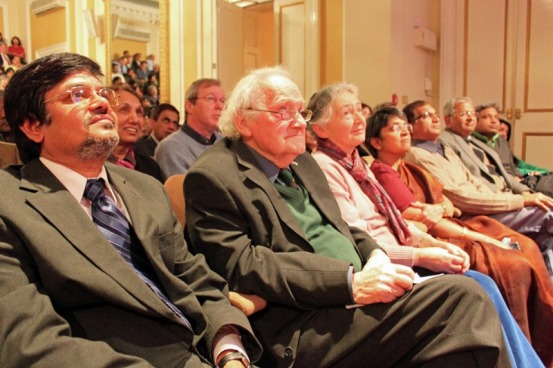

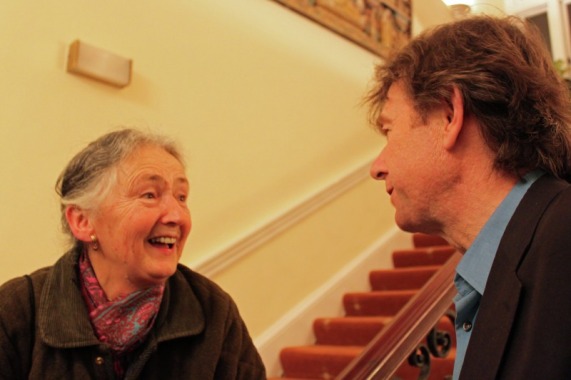

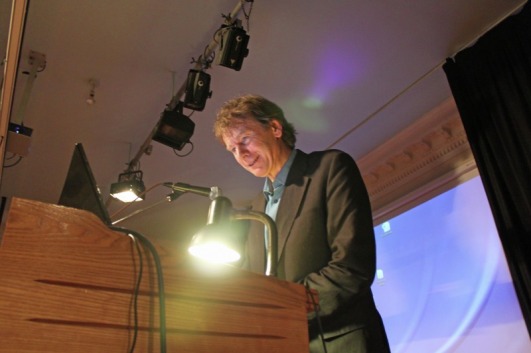




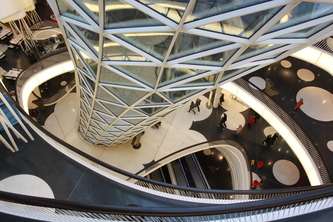




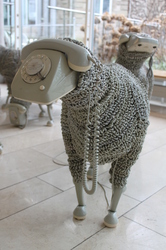

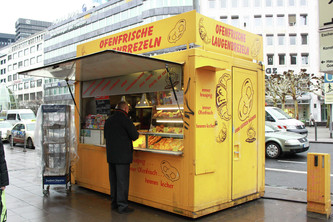

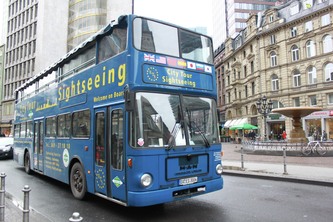


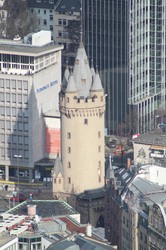



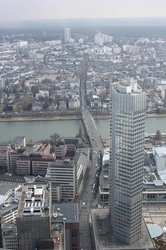

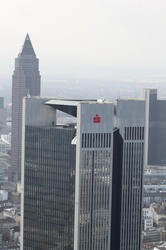

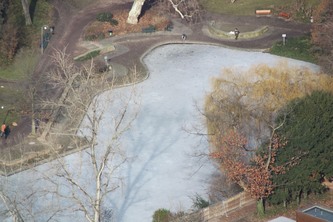
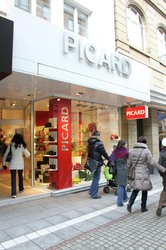





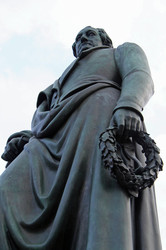






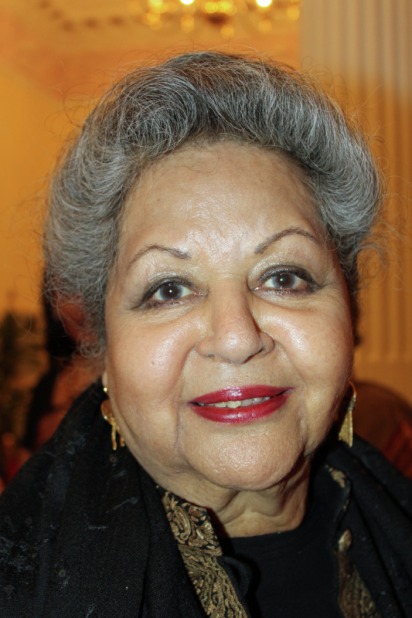




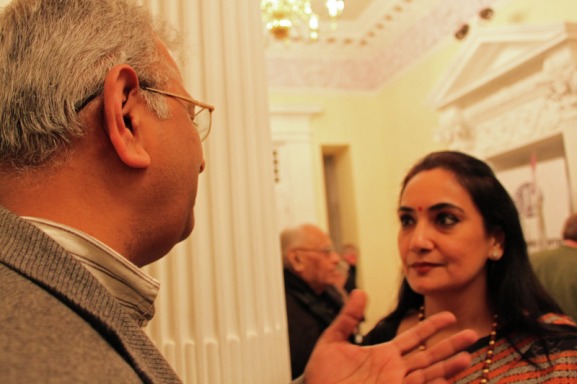






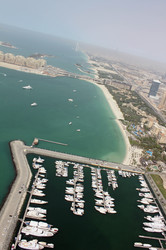



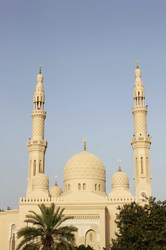



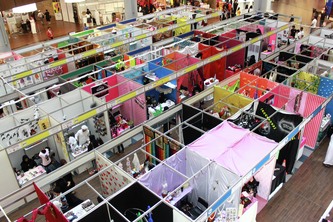
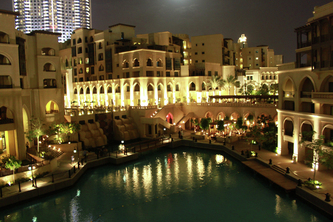

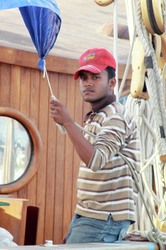




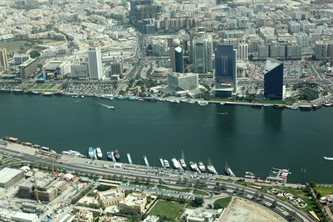
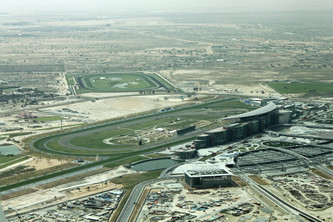




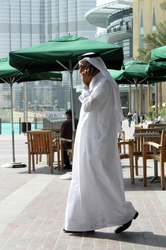



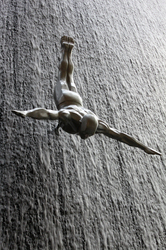
















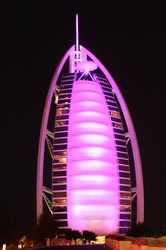



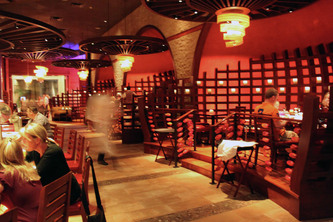

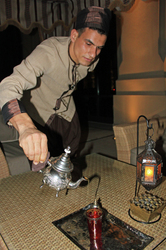
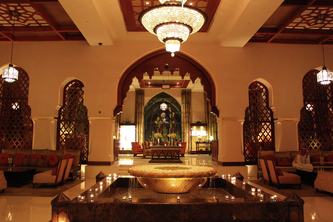





 RSS Feed
RSS Feed


